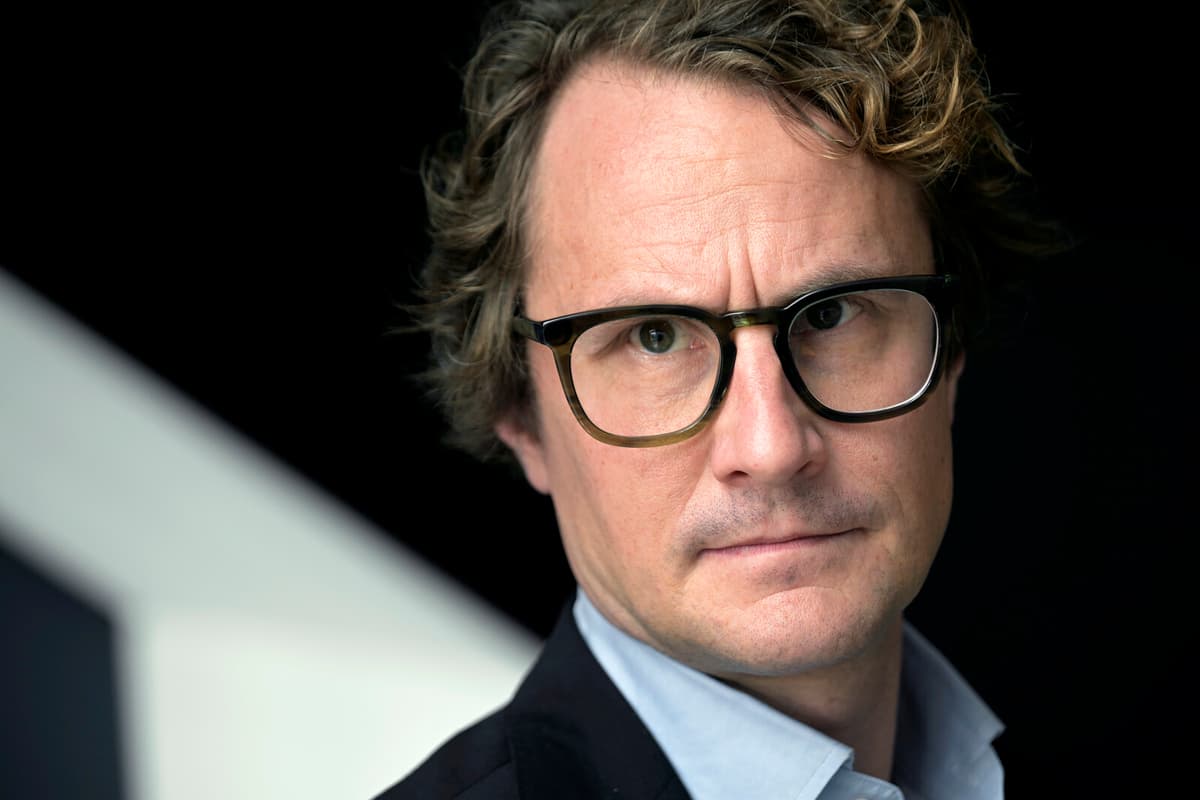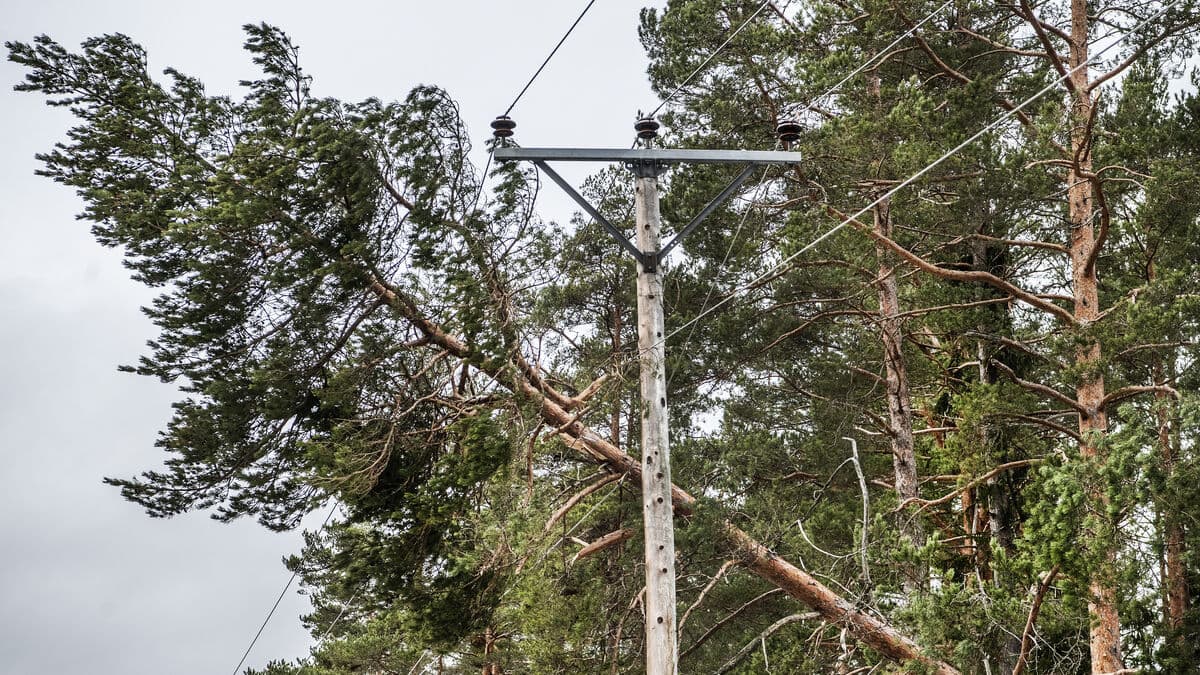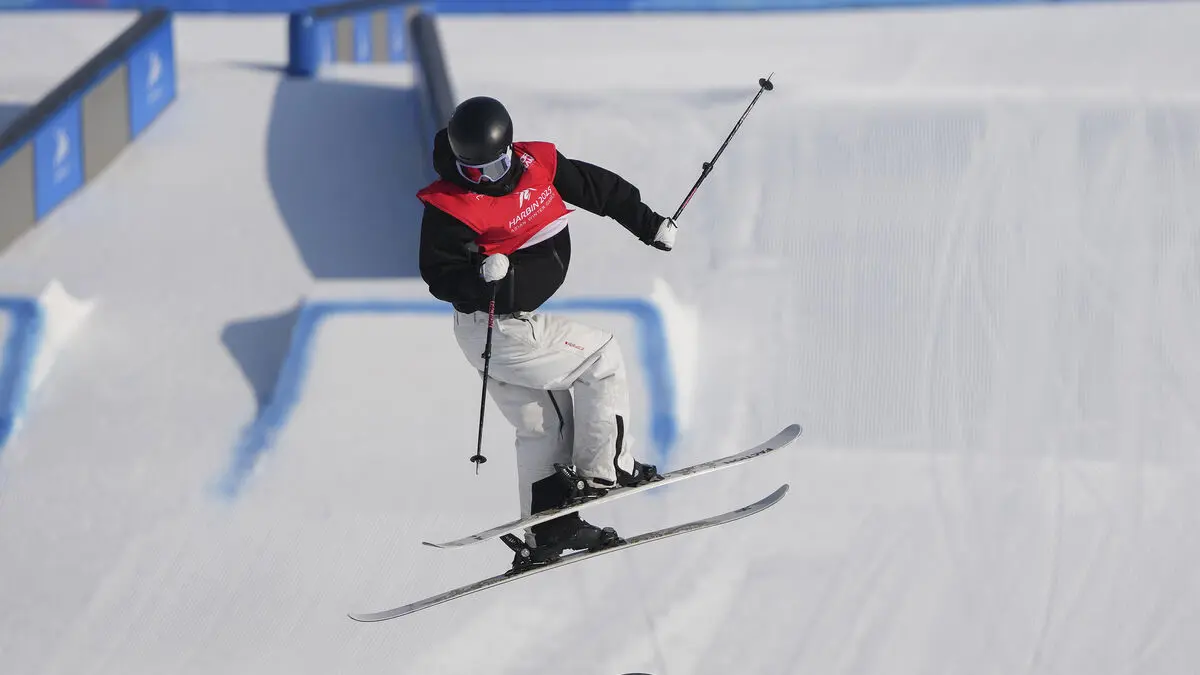Albin Kainelainen does not rule out that the Swedish economy – which is currently shrinking – will soon stabilize with an inflation rate slightly below the inflation target of 2.0 percent.
If we're lucky, we can be back in a world where inflation has stabilized at 1.6-1.7 percent again in a year's time. Then we can discuss how big a problem that is, he says.
Wants to see rate cuts at every meeting
The way there, he believes, will be characterized by price increases in the service sector, which will keep inflation up, and lower energy prices that will push it down.
The Swedish Central Bank, with Governor Erik Thedéen, has "done a very good job of getting inflation down", according to Kainelainen. But the path down to an interest rate that is not restrictive should be clearer, faster, and more direct, he thinks.
We advocate for them to cut by 0.25 percentage points at every meeting, he says.
This means three interest rate cuts this year and at least three more next year – down to 2.00 percent in the interest rate.
John Hassler, professor of economics at Stockholm University, sees risks in moving too quickly.
We have an inflation and inflation expectations around 2 percent, unemployment is rising, and GDP growth is a bit too low. Stimulus is needed, but it's not possible to just blow and cut the interest rate immediately to 2 percent (from today's 3.50 percent), he says.
Then he sees a risk that they will have to raise again soon:
Such volatility is not good. It's better to be a bit slow in the downward adjustment.
"It's very unusual"
Households will get more purchasing power when wages rise more than inflation. In addition, interest rate cuts will help, primarily benefiting households with mortgages, according to Hassler.
But the headwind on the Swedish labor market will likely persist for a while, he believes:
The labor market always has a certain lag.
According to the KI chief, it's now about getting out of the recession and getting "normal growth" going.
We are in a very long period where households are not increasing consumption. It's very unusual, he says.
That consumption would start to take off in the fall seems increasingly uncertain, according to Kainelainen. Rather, it will be towards the end of the year or in early 2025.
Households still perceive that it's very expensive to consume, despite prices having stopped rising. But they're looking – quite correctly – at price levels.
Inflation in Sweden has been below the Swedish Central Bank's inflation target since the spring and is expected to have continued downward in August. At the same time, a fresh GDP indicator from Statistics Sweden (SCB) shows that the Swedish economy unexpectedly contracted in July – down 0.8 percent (seasonally adjusted) compared to June and down 0.9 percent (calendar-adjusted) compared to July 2023.
The so-called KPIF inflation – where the effects of mortgage rates have been excluded – is expected to have fallen 1.3 percent in August, according to the average forecast among analysts. This can be compared to 1.7 percent in July and with the Swedish Central Bank's target of a KPIF inflation of 2.0 percent.
If you look at the Swedish economy before the pandemic, the low inflation rate looks fairly normal. But compared to the readings for KPIF inflation of over 10 percent at the end of 2022, when the global inflation shock was at its worst in the Swedish economy, it's a completely different situation.





